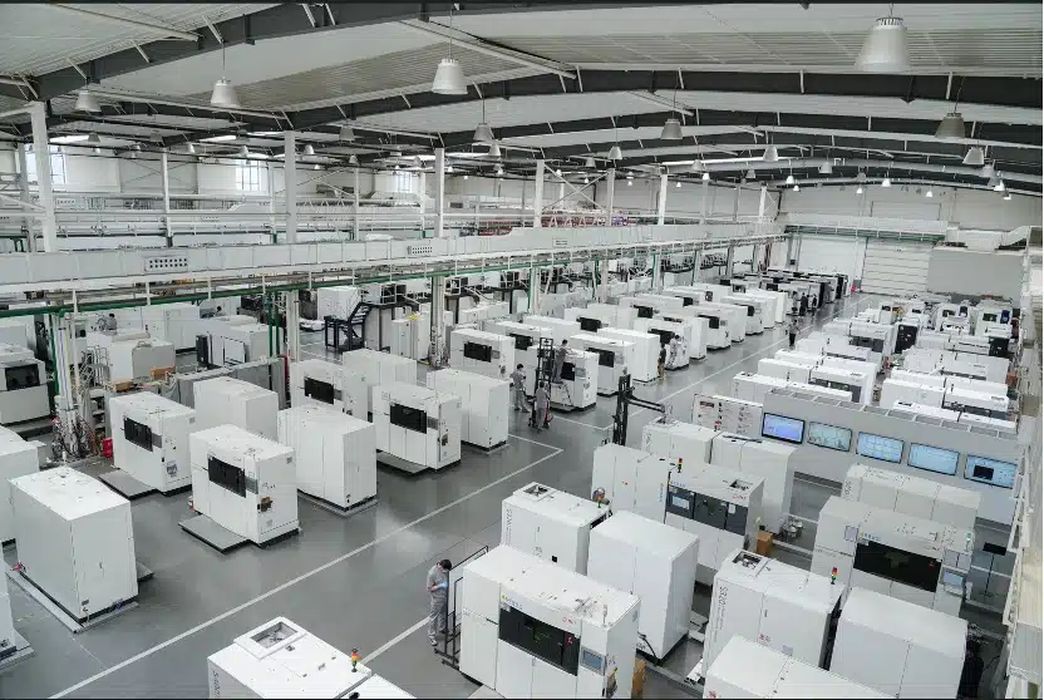
Both will be produced in China and both will use Chinese metal 3D printing technology. What are the implications of this new trend?
Ming Chi-Kuo, an analyst at TF International Securities, recently reported that – according to his latest survey – Apple is actively adopting 3D printing technology. He thus expects that some of the titanium mechanical parts of the 2H23 new Apple Watch Ultra will be made by 3D printing. Although currently the mechanical parts made by 3D printing still have to go through the CNC process for back-end processes, he believes that AM can still improve the production time and reduce the production cost.
In terms of the supply chain for 3D printers used to produce mechanical parts for the Apple Watch Ultra, IPG Photonics is the exclusive supplier of laser components, and the printer suppliers are Farsoon and BLT. If shipments go well, Kuo believes more Apple products will adopt 3D printing technology, which will help improve production cost and ESG performance in Apple’s supply chain, and the above-mentioned suppliers will also benefit from this new production trend.
The components could include the Digital Crown, Side Button, and Action Button, as these are the only mechanical parts of the Apple Watch Ultra. These are the titanium parts that are currently CNC machined. The change has the potential to improve production time and reduce costs.

While this is just an unconfirmed deduction, the real news here is confirmation that Apple uses 3D printing technology from BLT and Farsoon. There is no confirmation that the company will actually produce the Apple Watch Ultra parts but that is very likely, especially in light of the fact one of its Chinese competitors in the mobile device segment, Honor, just accurately detailed its own – very real and very clear – strategy, to implementing metal AM for mass production of the new Magic V2 foldable smartphone.
According to Siemens VP of Additive Manufacturing Karsten Heuser, who first reported about the Honor project in Western media via a LinkedIn post “The Honor Magic V2, achieves a thickness of just 9.9 mm in its folded state by designing a titanium hinge to be produced with & by 3Dprinting. According to the announcements, using AM made it 62% lighter and reduce the number of hinge parts from 92 parts to only 4. Strength is also improved due to tailored titanium alloy vs traditionally machined steel and aluminum parts
Honor also said that at least about 2 of the 4 parts are being printed, while for the other parts, they will use 3Dprinted molds for a single casting process with finer structure might or the parts might be 3D printed as well. Hanbang 3D (HBD) said that the hinge with its cover was developed based on their technology. Other Chinese AM companies are involved as well.
Read the rest of this story at VoxelMatters
